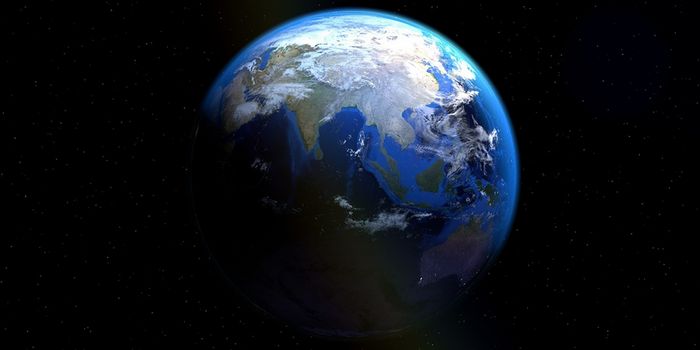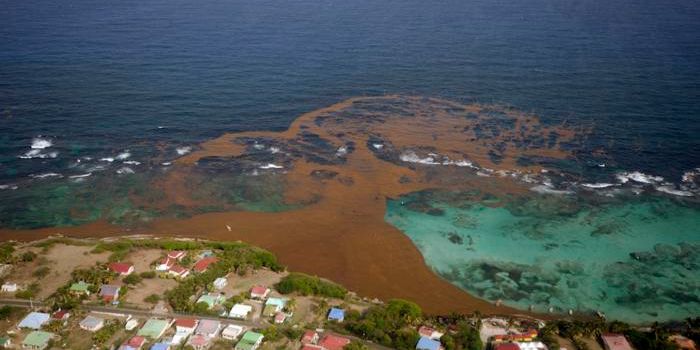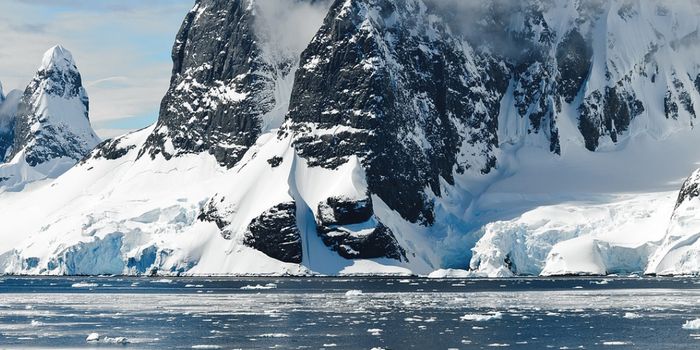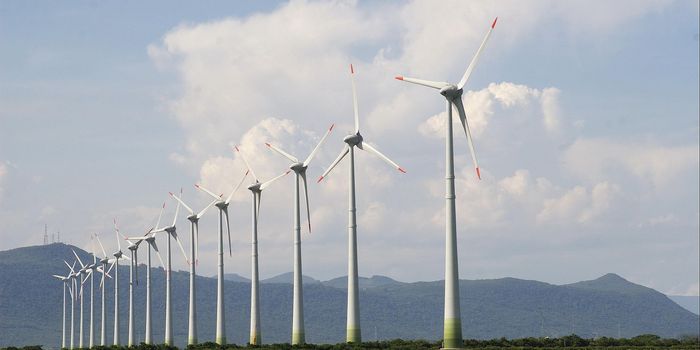There is Far More Meltwater in Antarctica Than we Knew
All over the world, the climate is changing. As the world gets warmer, pools of meltwater have begun to form on glaciers. Scientists have now used computational models to show that snow that is saturated with water, or slush, now composes about 57 percent of the meltwater on Antarctic ice shelves during the summer. The rest (43 percent) is in ponds and lakes on the surface of glaciers. All of this extra meltwater is increasing the pressure on the glaciers, making them less stable and more likely to collapse. The pools of meltwater and slush are thought to increase additional meltwater formation by 2.8 times, which happens because those pools absorb much more of the sun's heat than ice or snow. But models don't usually take this slush into account. The findings have been reported in Nature Geoscience.
Glaciers and ice in Antarctica melts every summer, and previous work has shown that meltwater lakes can cause ice shelves to fracture and collapse due to the water's weight. But this work delved into the effects of slush, which seems to have been disregarded in models.
"We can use satellite imagery to map meltwater lakes across much of Antarctica, but it's hard to map slush, because it looks like other things, such as shadows from clouds, when viewed from a satellite," explained first study author Dr. Rebecca Dell of the University of Cambridge's Scott Polar Research Institute (SPRI). "But using machine learning techniques, we can go beyond what the human eye can see and get a clearer picture of how slush might be affecting ice in Antarctica."
This work used visual data obtained for 57 ice shelves in Antarctica from 2013 to 2021 from NASA's Landsat 8 satellite, in a machine learning analysis. A computer detected and integrated data from wavelengths of light that can't be seen by eye. The researchers were able to identify the slush, and train the model to find it everywhere, explained Dell.
The researchers wanted to know how much slush existed during the summer, and how those levels change over time. This effort showed that at the height of the Antarctic summer, 57 percent of meltwater is in slush, while the other 43 percent is in lakes.
Hydrofractures happen when meltwater weight exacerbates cracks in the ice. "Since slush is more solid than meltwater, it won't cause hydrofracture in the same way that water from a lake does, but it's definitely something we need to consider when attempting to predict how or whether ice shelves will collapse," said study co-author Professor Ian Willis, also of SPRI.
Not only does the slush put more pressure on ice, it can boost melt rates as well. This extra melting is not yet accounted for in climate models involving the breakdown of ice sheets and shelves.
"I was surprised that this meltwater was so poorly accounted for in climate models," said Dell. "Our job as scientists is to reduce uncertainty, so we always want to improve our models so they are as accurate as possible."
"In the future, it's likely that places in Antarctica that currently don't have any water or slush will start to change," said Willis. "As the climate continues to warm, more melting will occur, which could have implications for ice stability and sea level rise."
Sources: University of Cambridge, Nature Geoscience
![Pooled meltwater and slush on the Nivlisen Ice Shelf. Contains modified Copernicus Sentinel data [2020], processed by Rebecca Dell / Credit: Rebecca Dell](https://d3bkbkx82g74b8.cloudfront.net/eyJidWNrZXQiOiJsYWJyb290cy1hc3NldHMiLCJrZXkiOiJfcHVibGljXC9fZmlsZXNcL3N5c3RlbVwvY2tcL3RyZW5kaW5nXC9Mb3ctUmVzX05pdmxpc2VuXzIwMjBfNzhhMjUzMjQzN2U4NDNmYjg1OWJiOTQwN2NmMDBhMTYuanBnIiwiZWRpdHMiOnsicmVzaXplIjp7IndpZHRoIjoxNDAwLCJmaXQiOiJjb3ZlciJ9fX0=)








